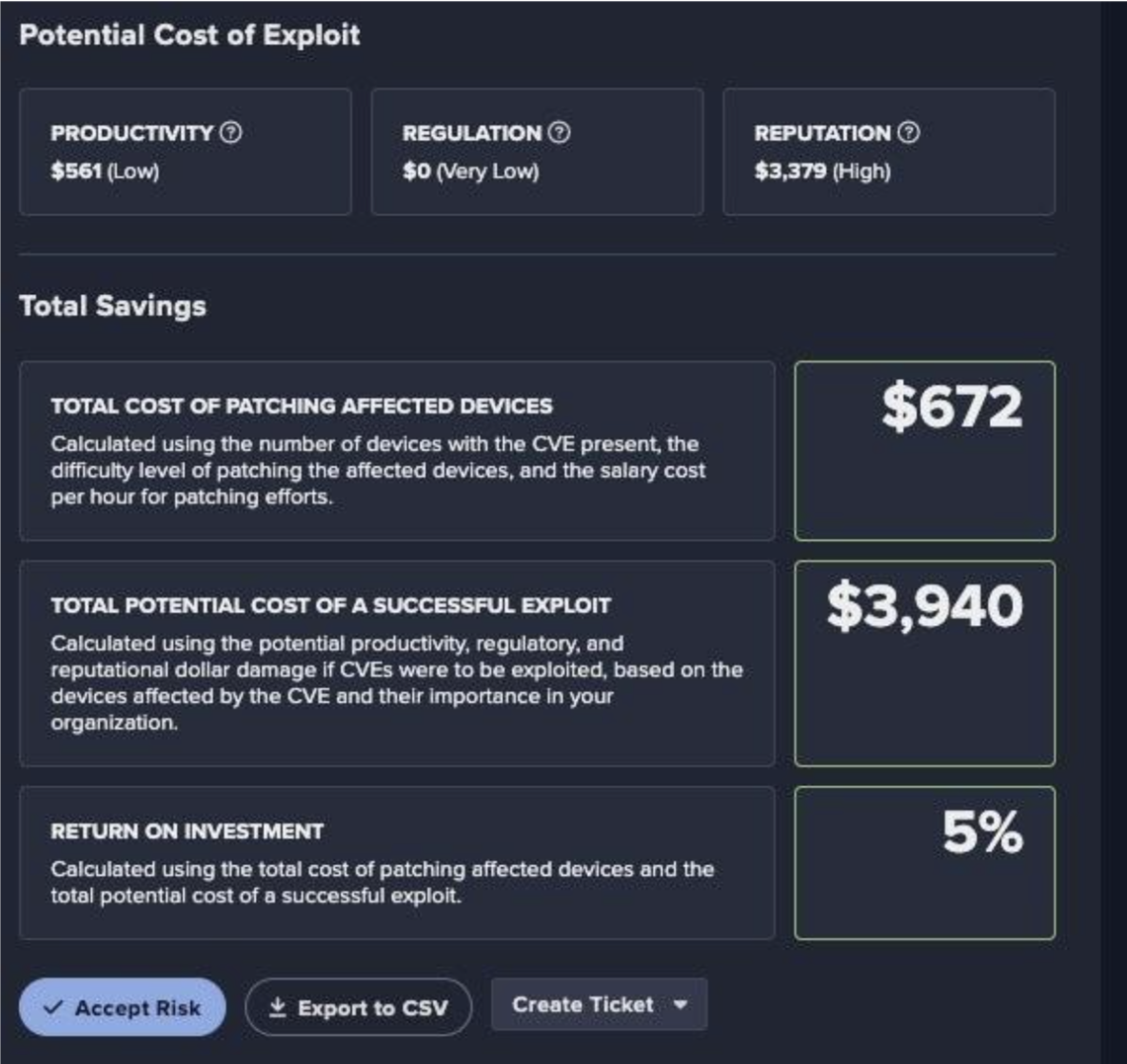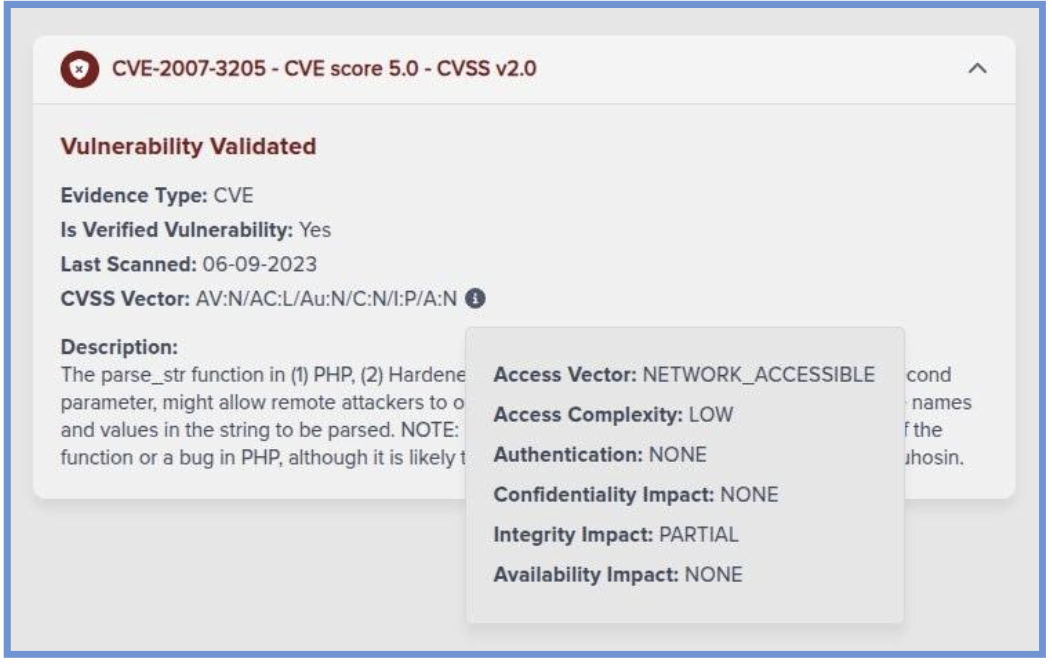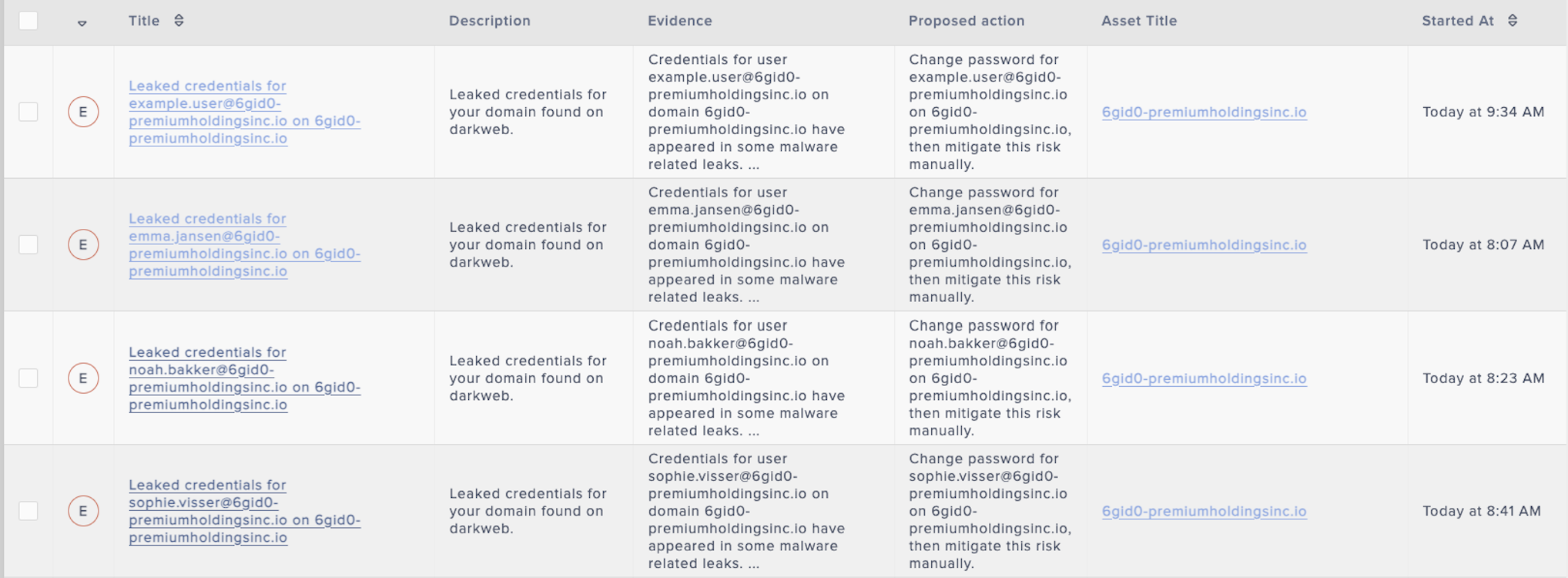Serving a population of over 165,000 citizens, this county government delivers essential services that enhance the quality of life for all of its residents in Florida, United States. From public safety and works to law enforcement, economic development, health, and community services, the county’s cybersecurity strategy plays a foundational role in protecting its citizens.
From flying blind to seeing the bigger picture
Safeguarding data from multiple systems, service providers, and citizens is a key aspect of the County’s Systems Management remit. Protecting sensitive information while enabling smooth engagement with multiple external partners poses a unique challenge; the types of data and potential threats are continuously evolving, but resources – both human and financial – remain consistently tight.
When the Chief Information Officer took on his role in 2024, building out a responsive defense-in-depth strategy was central to achieving these goals. However, with limited resources and complex needs, his small security team was struggling with high alert volumes, inefficient tools, and time-consuming investigations that frequently led nowhere.
Meanwhile, issues like insider threats, Denial of Service (DoS), and phishing attacks were growing; the inefficiencies were creating serious security vulnerabilities. As the CIO put it, he was flying blind. With so much data coming in, security analysts were in danger of missing the bigger picture.
“We would just see a single portion of data that could send us down a rabbit hole, thinking something’s going on – only to find out after spending days, weeks, or even months that it was nothing. If you’re only seeing one piece of the issue, it’s really difficult to identify whether something is a legitimate threat or a false positive.”
Local government’s unique cybersecurity challenges
According to the CIO, even with a bigger team, aligning and comparing all the data into a comprehensive, bigger picture would be a major challenge. “The thing about local government specifically is that it’s a complex security environment. We bring together a lot of different individuals and organizations, from construction workers to people who bring projects into our community to better the County. What we work with varies from day to day.”
The challenge wasn’t just about identifying threats, but also about doing so quickly enough to respond before damage was done. The CIO said this was particularly concerning when dealing with sophisticated threats: “We’re dealing with nation-state attackers nowadays, as opposed to ‘script kiddies.’ There’s no time to lose. We’ve got to have cybersecurity that can respond as quickly as they can attack.”
To achieve this, among the most critical challenges the CIO and his team needed to address were:
- Contextual awareness and visibility across the network: The County team lacked the granular visibility needed to identify potentially harmful behaviors. The IT team needed a tool that uncovered hidden activities and provided actionable insights, with minimal manual intervention.
- Augmenting human expertise and improving response times: Hiring additional analysts to monitor the environment is prohibitively expensive for many local governments. The IT team needed a cybersecurity solution that could augment existing skills while automating day-to-day tasks. More effective resource allocation would drive improved response times.
- Preventing email-based threats: Phishing and malicious email links present a persistent threat. The County team needed a way to flag, identify, and hold suspicious messages automatically and efficiently. Given the team’s public service remit, contextual awareness is crucial to ensuring that no legitimate communications are accidentally blocked. Accuracy is extremely important.
- Securing access and managing insider threats: Having already managed insider threats posed by former staff members, the IT team wanted to adopt a more proactive, deterrent-based approach towards employee IT resource use, preventing incidents before they could occur.
Proactive cybersecurity
Recognizing these challenges, the CIO and County sought AI-driven solutions capable of acting autonomously to support a lean IT team and give the big picture view needed, without getting lost in false positive alerts.
Ease of deployment was another key requirement: the CIO wanted to quickly establish a security baseline for County that would not require extensive pre-planning or disrupt existing systems. Having worked with Darktrace in previous roles, he knew the solution had the capacity to make the critical connections he was looking for, while delivering fast response times and reducing the burden on security teams.
When every second counts, we want to be as close to the same resources as our attackers are utilizing. We have got to have something that can respond as quickly as they can attack. For the County, that’s Darktrace.” – CIO, County Systems Management Department.
Closing network visibility gaps with Darktrace / NETWORK
The County chose Darktrace / NETWORK for unparalleled visibility into the County’s network. With the solution in place, the CIO and his team were able to identify and address previously hidden activities, uncovering insider threats in unexpected places. For example, one team member had installed an unauthorized anonymizer plug-in on their browser, posing a potentially serious security risk via traffic being sent out to the internet. “Darktrace immediately alerted on it,” said CIO. “We were able to deal with the threat proactively and quickly.”
Darktrace / NETWORK continuously monitored and updated its understanding of the County environment, intelligently establishing the different behaviors and network activity. The end result was a level of context awareness that enabled the team to focus on the alerts that mattered most, saving time and effort.
“Darktrace brings all the data we need together, into one picture. We’re able to see what’s going on at a glance, as opposed to spending time trying to identify real threats from false positives,” said the CIO. The ability to automate actions freed the team up to focus on more complex tasks, with 66% of network response actions being applied autonomously, taking the right action at the right time to stop the earliest signs of threatening activity. This reduced pressure on the County’s team members, while buying valuable containment time to perform deeper investigations.
The agentless deployment advantage
For the CIO, one of the major benefits of Darktrace / NETWORK is that it’s agentless. “Agents alert attackers to the presence of security in your environment, it helps them to understand that there’s something else they need to bring down your defenses,” he said. Using Darktrace to mirror network traffic, the County can maintain full visibility across all network entities without alerting attackers and respond to threatening activity at machine speed. “It allows me to sleep better at night, knowing that this tool can effectively unplug the network cable from that device and bring it offline,” said CIO.
Streamlining investigations with Darktrace Cyber AI Analyst
For lean security teams, contextual awareness is crucial in reducing the burden of alert fatigue. Using Cyber AI Analyst, the County team is able to take the pressure off, automatically investigating every relevant event, and reducing thousands of individual alerts to only a small number of incidents that require manual review.
For the County team, the benefits are clear: 520 investigation hours saved in one month, with an average of just 11 minutes investigation time per incident. For the CIO, Darktrace goes beyond reducing workloads, it actually drives security: “It identifies threats almost instantly, bringing together logs and behaviors into a single, clear view.”
The efficiency gain has been so significant that the CIO believes Darktrace augments capabilities beyond the size of a team of analysts. “You could have three analysts working around the clock, but it’s hard to bring all those logs and behaviors together in one place and communicate everything in a coordinated way. Nothing does that as quickly as Darktrace can.”
Catching the threats from within: Defense in depth with Darktrace / IDENTITY
One of the key benefits of Darktrace for the County was its breadth of capability and responsiveness. “We’re looking at everything from multi-factor authentication, insider threats, distributed denial of service attacks,” said the CIO. “I’ve worked with other products in the past, but I’ve never found a tool as good as Darktrace.”
Further insider threats uncovered by Darktrace / IDENTITY included insecure access practices. Some users had logins and passwords on shared network resources or in plain-text files. Darktrace alerted the security team and the threats were mitigated before serious damage was done.
Darktrace / IDENTITY gives organizations advanced visibility of application user behavior from unusual authentication, password sprays, account takeover, resource theft, and admin abuse. Security teams can take targeted actions including the forced log-off of a user or temporary disabling of an account to give the team time to verify legitimacy.
First line of defense against the number one attack vector: Enhancing email security with Darktrace / EMAIL
Email-based threats, such as phishing, are among the most common attack vectors in modern cybersecurity, and a key vector for ransomware attacks. Post implementation performance was so strong that the organization now plans to retire other tools, cutting costs without compromising on security.
“Darktrace / EMAIL was one of the first tools that I implemented when I started here,” said CIO. “I really recognize the value of it in our environment.” In addition to detecting and flagging potentially malicious email, the CIO said an unexpected benefit has been the reinforcement of more security-aware behaviors among end users. “People are checking their junk folders now, alerting us and checking to see if something is legitimate or not.”
The CIO said that, unlike traditional email security tools that basically perform only one function, Darktrace has multiple additional capabilities that deliver extra layers of protection compared to one-dimensional alternatives. For example, AI-employee feedback loops leverage insights gained from individual users to not only improve detection rates, but also provide end users with contextual security awareness training, to enhance greater understanding of the risks.
Straightforward integration, ease of use
The County wanted a powerful, responsive solution – without demanding pre-installation or integration needs, and with maximum ease of use. “The integration is relatively painless,” said the CIO. “That’s another real benefit, you can bring Darktrace into your environment and have it up and running faster than you could ever hire additional analysts to look at the same data.”
The team found that, compared to competing products, where there was extensive setup, overhead, and resources, “Darktrace is almost plug-and-play.” According to the CIO, the solution started ingesting information and providing notifications immediately: “You can turn on defense or response mechanisms at a granular level, for email or network – or both at the same time.”
The County sees Darktrace as an integral part of its cybersecurity strategy into the future. “Having worked with Darktrace in the past, it was an easy decision for me to agree to a multi-year partnership,” said the CIO “As we continue to build out our defense-in-depth strategy, the ability to use Darktrace to manage other data sources and identify new, additional behavior will be crucial to our proactive, risk-based approach.”
Darktrace has the capacity to meet the organization’s need for exceptional responsiveness, without burning out teams. “If you’re not overburdening the teams that you do have with significant workloads, they have a lot more agility to deal with things on the fly,” said the CIO.











































